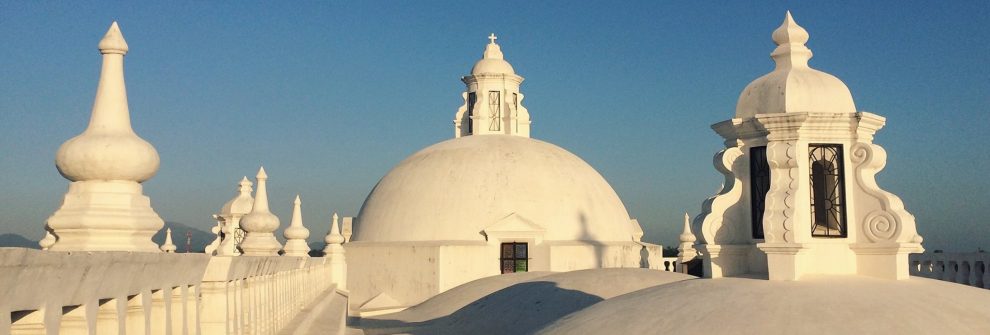This week I focused on Max Cameron’s video, “The Left Turns.” Cameron, a professor of political science at UBC, took a more hopeful and uplifting look at Latin America than the previous weeks readings and videos. More specifically, he talked about democracy and the reasons for the rise of the Left. According to Cameron, the three biggest reasons are:
- Disenchantment with neoliberalism
- Disappointment with the functioning of democracy
- International Context
When it comes to disenchantment with neoliberalism he discussed the “wrenching programs of structural adjustment” that certain countries were forced to go through. He claims that these were “unsuccessful even on neoliberalism’s own terms.” Growth under neoliberalism has changed over the past decade, although this is thanks to international prices and not neoliberalism. Cameron also mentions Bolivia as a weak institution pointing out the privatization of water. It is no secret that Bolivia’s water crisis has greatly affected the country. When I was in Cochabamba (fourth largest city in Bolivia) last year, the country was experiencing its’ worst drought in twenty-five years. There were occasions when multiple days would go by without running water in the entire city. This meant that little things that we take for granted here in Canada, such as doing laundry and showering were not always possible. Bolivia’s poor population is of course always hit the hardest when this occurs.
Anyways, continuing on to Cameron’s second point: the disappointment with the functioning of democracy, he says that Latin America is mostly democratic with “no alternatives to democracy” and that many democracies were formed through bargains among the elites. Cameron’s third point was: International Context. He indicates that Latin America is overall much more autonomous than it used to be, partially because the United States is more concerned with the Middle East and partially because there is a gap in understanding from the US when regarding Latin America. At one-point Cameron points out that if the US was still as involved as before, there would’ve probably been a sponsored coup to overthrow the Evo Morales government in Bolivia in the 1950’s. This of course didn’t happen, but his point got me thinking about what could’ve been different had history played out differently in Latin America. He also brings up that with this newfound autonomy, countries were able to experiment with democracy on their own.
I was intrigued by the two Lefts that exist in Latin America. There’s the “radical, populist, antidemocratic left in Bolivia, Ecuador and Venezuela” and the “mature, responsible, reformist governments in Chile and Uruguay” (Cameron). My question for the week is: what triggers countries to become one side of the Left or the other? What similarities and differences exist between these countries?
